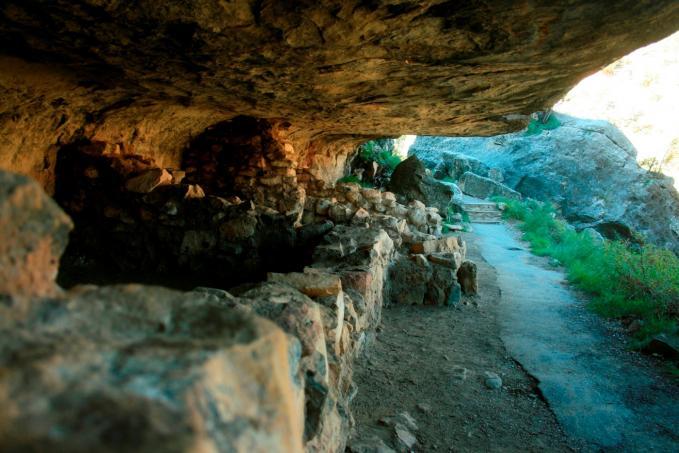Just 10 minutes east of Flagstaff, Arizona, on a densely forested plateau, the serpentine chasms of Walnut Canyon long ago gave refuge to hundreds of Native Americans. Occupied from approximately 1100 to 1250 CE, the Sinagua people were experts in growing crops and living in an arid environment.
While this national monument might simply be a quick stop for travelers heading to Petrified Forest National Park or Grand Canyon National Park, it deserves a visit unencumbered by a tight timeframe. Six miles of the canyon’s length are protected within the monument’s 3,600 acres.
The area was first protected in 1904 as part of the San Francisco Mountain Reserve. It's not in California, however, and it was managed by the U.S. Forest Service until 1934. Now part of the National Park System, its historic ties with the Forest Service continue through an effective cooperative relationship between the two agencies.
The site takes its modern name from the Arizona walnut, a tree once common in the canyon bottom, but initial proposals for the area in 1915 suggested it be called Cliffs National Monument. The name was changed to Walnut Canyon National Monument to avoid confusion with a nearby railroad siding, mill town, and post office called Cliffs.
Traveler's Choice For: Understanding the Sinagua culture, short hikes, archaeology.

Western National Parks Association produces interpretive materials for Walnut Canyon National Monument.




